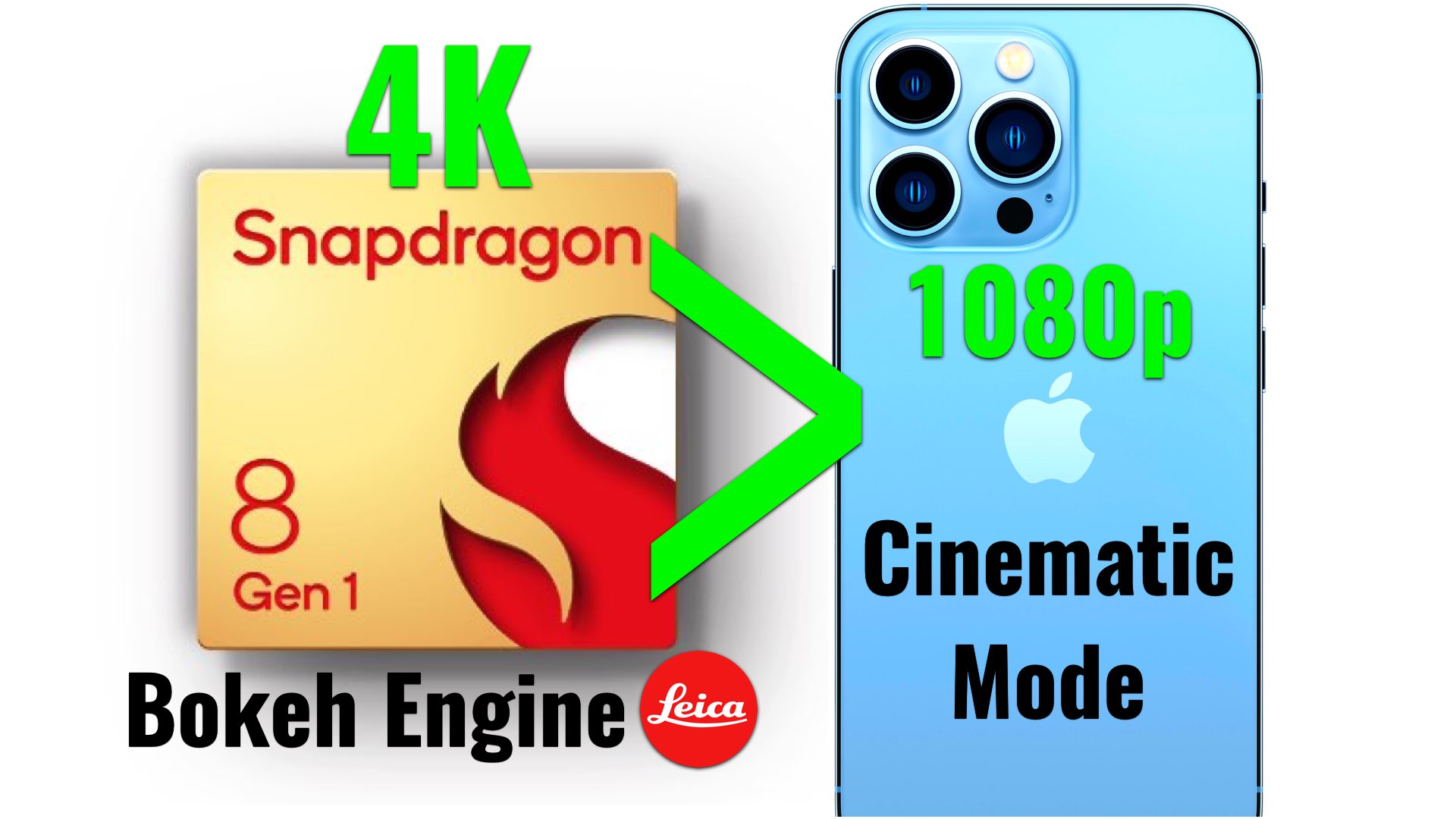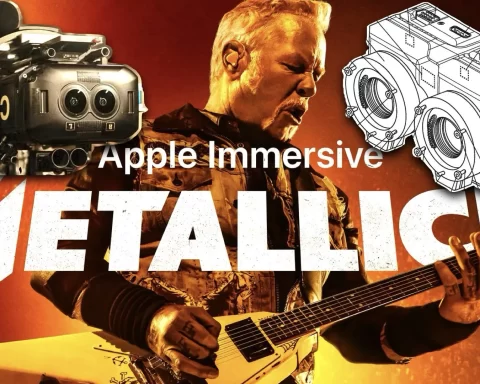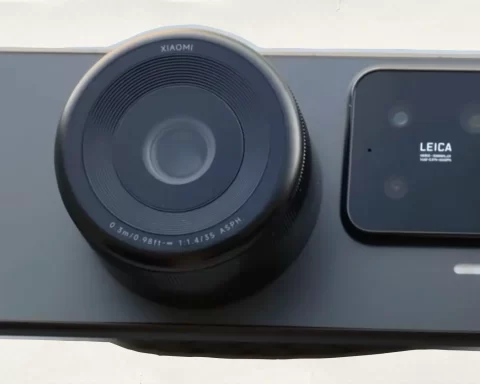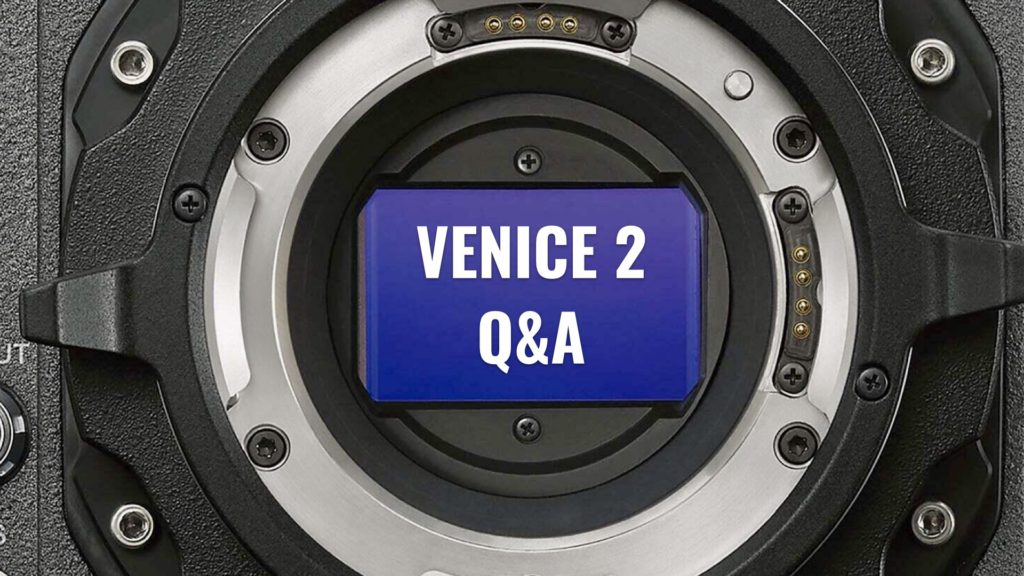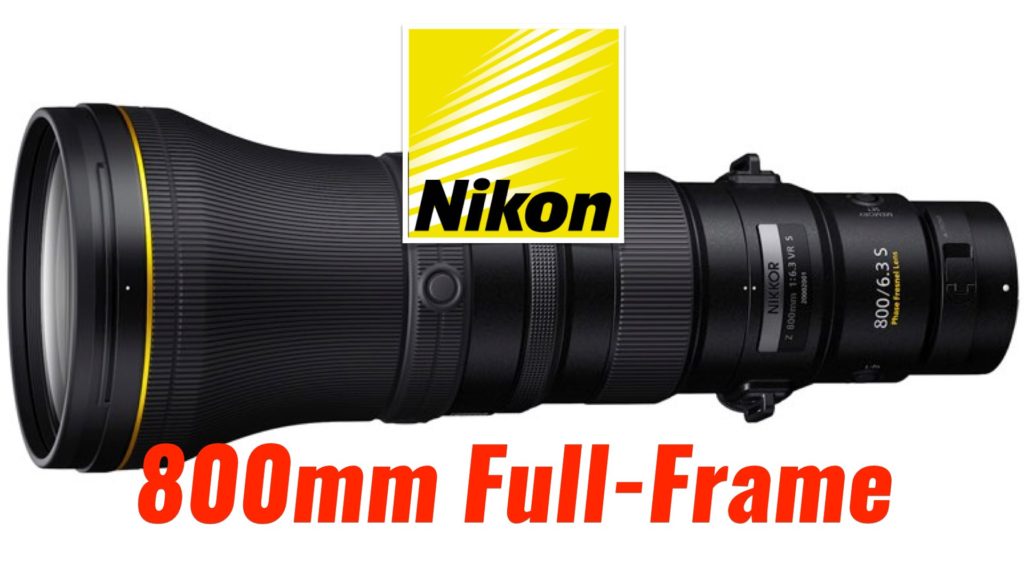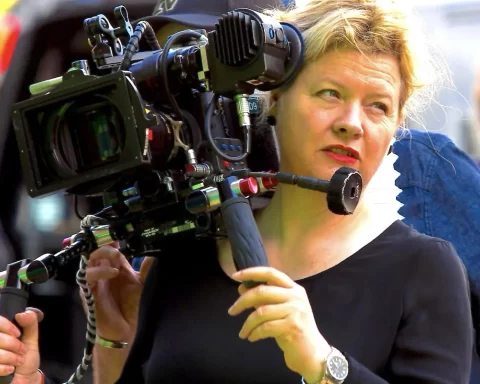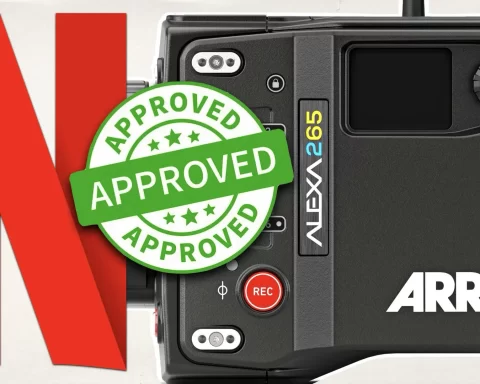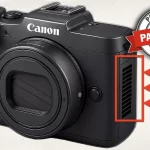Qualcomm has announced its new mobile platform: The Snapdragon 8 Gen 1. This technology allows many advanced features with a special emphasis on videography. One of the most interesting features is going to be a major threat to the most advanced iPhones. And that is the capability of producing bokeh in video mode, and even in 4K. Meet the new ‘Bokeh Engine’ which is Androids’ answer to the iPhone 13 Pro’s ‘Cinematic Mode’.

Premium camera features
Qualcomm has introduced a new groundbreaking technology that focuses on enhancing the video capabilities of Android devices. The technology named Snapdragon 8 Gen 1 Mobile Platform, can deliver innovative AI videography features to Android-based smartphones. As stated by Qualcomm: “With Snapdragon, users can create beautiful photos and videos in extreme dynamic range with vivid colors and clarity. Snap breathtaking photographs after dark with exceptional low light capabilities and record astonishing video with details in over a billion shades with first-in-mobile 8K HDR video capture”. Furthermore, the Snapdragon 8 Gen 1 mobile platform allows the privilege of getting bokeh style ‘Leica Leitz’ in video mode, and in 4K. “The 7th Gen Qualcomm AI Engine is our fastest and most advanced yet. Snap photos with shallow depth of field with Leica’s Leitz Look mode — and recreate the legendary camera company’s dazzling bokeh effect while you’re at it” Qualcomm says. Check out the introduction of the Snapdragon 8 Gen 1 Mobile Platform in the video below:
AI-based ‘Bokeh Engine’ ~ ‘Cinematic Mode’ but for Android phones and in 4K
According to Qualcomm, their new platform allows creating professional quality images with astonishing color and depth, thanks to intelligently integrated Leica Leitz Looks filters, which recreate the legendary bokeh and color. This will be like how it works on Portrait mode on many top-end iPhone smartphones, but the capability here is up to 4K video. “Qualcomm Technologies has ever created for mobile — lets you photograph and film like a pro. That means extreme dynamic range, color, and sharpness with speeds up to 3.2 gigapixels per second. It’s also still a triple ISP (Image Signal Processor), so you can capture photos and videos from three separate cameras simultaneously” states Qualcomm. Moreover, the company promises: “With the first Snapdragon mobile platform that includes 8K HDR video capture, you can also record over a billion shades of color — 64x more shades than non-HDR — for film scenes with movie-theater detail”.

Snapdragon 8 Gen 1: Specifications and major features
Here’re the main video features of the Snapdragon 8 Gen 1:
- Camera: 8K HDR (30 FPS), and 4K (120 FPS)
- Up to 108 MP single camera 30 FPS with Zero Shutter Lag
- Rec. 2020 color gamut photo and video capture
- Up to 10-bit color depth photo and video capture
- 8K HDR Video Capture + 64 MP Photo Capture
- 10-bit HEIF: HEIC photo capture, HEVC video capture
- Video Capture Formats: HDR10+, HDR10, HLG,
- Dolby Vision
- Slow-mo video capture at 720p 960 FPS
- ‘Bokeh Engine’ for Video Capture
- Multi-frame Noise Reduction (MFNR)
- Multi-Frame and triple exposure staggered/digital overlap HDR dual-sensor support
- AI-based face detection, auto-focus, and auto-exposure
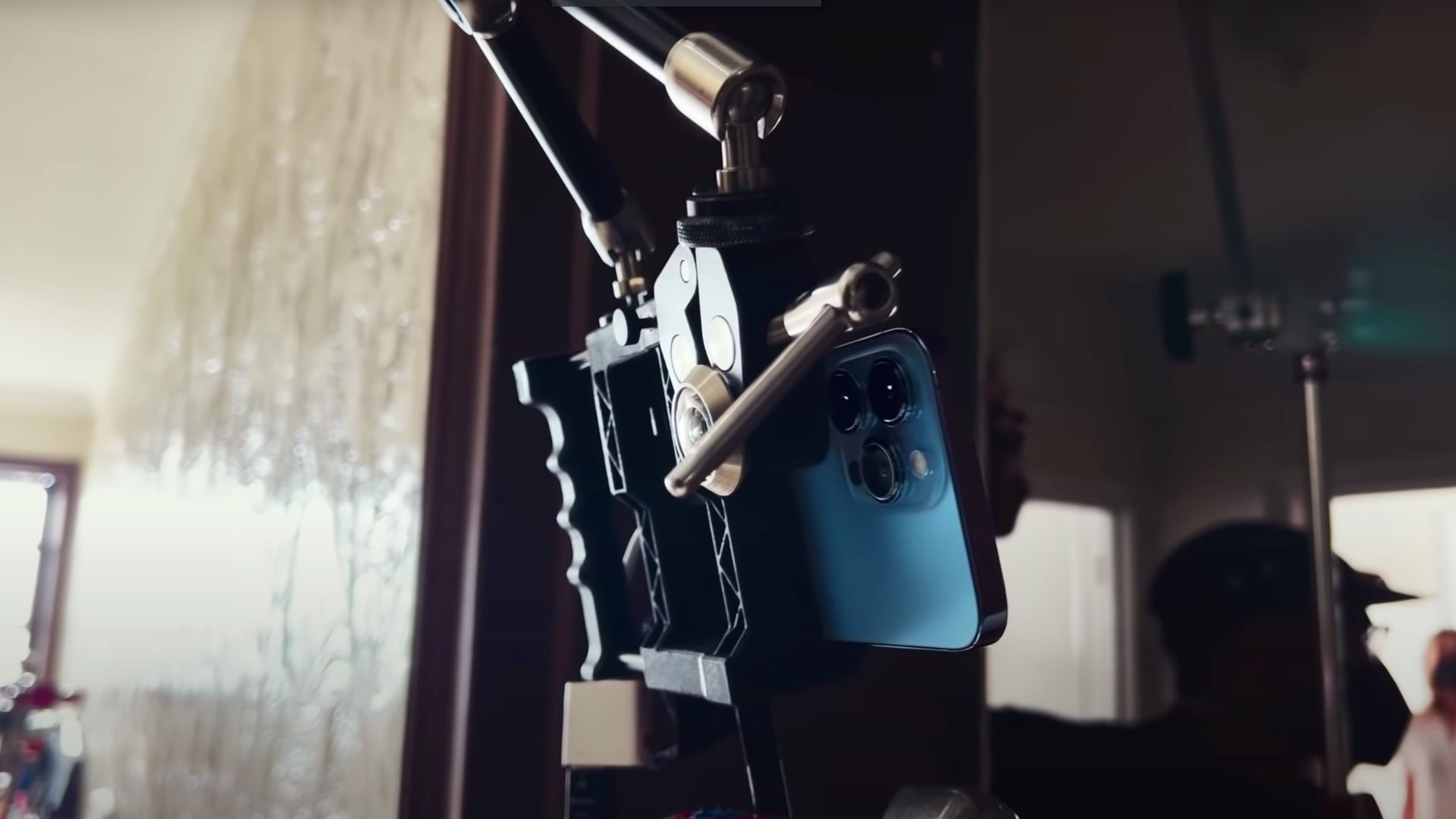
How & when?
According to TechRadar, these are the upcoming phones that will be using the new chipset: Xiaomi 12 (early 2022), OnePlus 10, Oppo Find X4 (late 2022), Realme GT 2 Pro, Motorola Edge, and more on the go. Basically, it states that if you buy a high-end Android smartphone in 2022, there’s a good chance that the Snapdragon 8 Gen 1 will be implemented inside. And that means, mobile shallow depth of field to the masses!
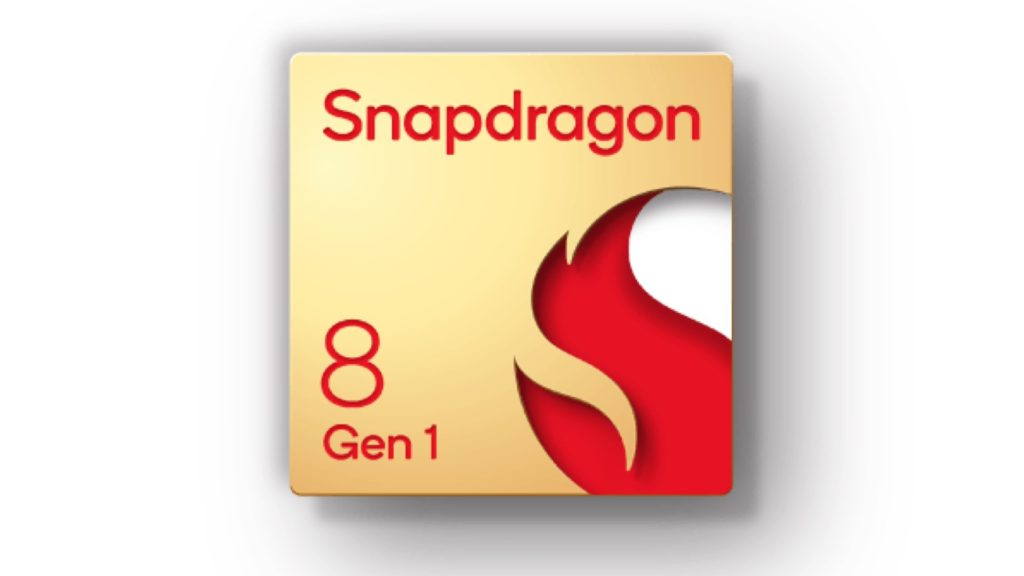
Closing thoughts
To sum it up, there’s a good chance that the next high-end Android smartphones will feature 4K ‘Cinematic Mode’ (=“Bokeh Engine”). Furthermore, the Snapdragon 8 Gen 1 platform enables a serious boost in the video capabilities of Android devices. That constitutes heavy competition for Apple that has just introduced its iPhone 13 Pro as a professional filmmaking machine. Moreover, the most intriguing feature is the Bokeh Engine, since till now, many content creators purchased the iPhone 13 Pro due to its ability to perform video with a shallow depth of field. The Snapdragon 8 Gen 1 chipset will allow that capturing but in 4K mode, which is even better than the most advanced iPhone since Cinematic Mode is limited to 1080p. Anyway, when looking at the bigger picture, we assume that in 2022 and beyond we’ll explore more and more high-quality video content shot on mobile devices. BTW, it’ll be fascinating to examine the definition of “Leica Leitz Looks filters”. What does it mean? It might be an indication of a partnership between Qualcomm and Leica. And that’s another proof that Android devices are not intent on getting behind Apple to take over the mobile videography market.

